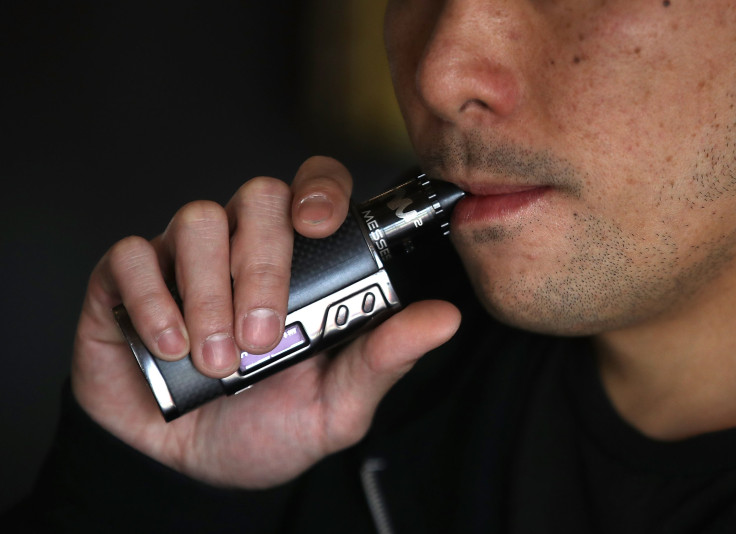What Is JUUL? USB-Shaped E-Cigarette Is The Newest Trend Among Teens

A type of electronic cigarette named JUUL, which aims to deliver nicotine without the harmful effects of tobacco, is the newest trend among the youth, and has some parents, educators and medical professionals concerned.
Since its launch nearly two years ago, the chic vape named JUUL has reportedly become one of the trendiest e-cigarettes in the market, with many calling it “the iPhone of e-cigs,” and has gained a cult status among young adults.
What is JUUL?
A JUUL is a chic vape that looks like a flash drive and can be charged on a laptop. It is a battery-powered device that converts liquid into vapor, and since it delivers nicotine without the tobacco, burning or carcinogen-laden smoke, many consider JUUL a safer alternative.
However, each JUUL cartridge, which lasts for close to 200 puffs, has as much nicotine as an entire pack of cigarettes.
The trend has gradually become so popular that it has accounted for 33 percent of the e-cigarette market as of 2017, according to Wells Fargo Data, Time reported.
The report stated the product is legally available only to adults 18 and older. However, even after being considered safer than a cigarette, JUUL’s popularity among youth has people concerned as the device is reportedly also being used by kids and teenagers younger than 18.
The repeated usage of the device also paved way for a new trend among the youth called “Juuling.”
The increase in usage has definitely raised some red flags as several school districts in Kentucky, Wisconsin, California, and Massachusetts have voiced their concerns and started to amend school policy to deal with the issue.
Chief administrative officer Ashley Gould at JUUL Labs said the product — created by two former smokers specifically as an alternative to smoking for adults — has several anti-youth-use initiatives in place because they do not want kids using it.
Gould added JUUL uses proper age authentication systems in order to ensure their product is being sold only to adults. However, she added most of the sales take place in retail stores where state laws might allow anyone younger than 18 to purchase the device.
Speaking further about the design, Gould said the company did not mean to make the device easier to hide for teens.
“It was absolutely not made to look like a USB port. It was absolutely not made to look discreet, for kids to hide them in school. It was made to not look like a cigarette, because when smokers stop they don’t want to be reminded of cigarettes,” she said.
While clarifying whether “juuling” helps quit smoking, Gould said the company does not have a reliable end-user data due to the products being sold in retail stores but they are trying to research the effectiveness of their product.
Are e-cigarettes safe?
Reports stated while e-cigarettes contain lesser toxic substances than a normal cigarette, vaping might still expose people to cancer-causing chemicals.
Dr. Michael Ong, an associate professor of general internal medicine and health services at the David Geffen School of Medicine at the University of California, said there is not much long-term data available on the topic as yet.
“We just don’t have a lot of information as to what the harms potentially are going to be. There likely would be health risks associated with it, though they’re not going to be the same as a traditional cigarette,” he said.
© Copyright IBTimes 2024. All rights reserved.





















